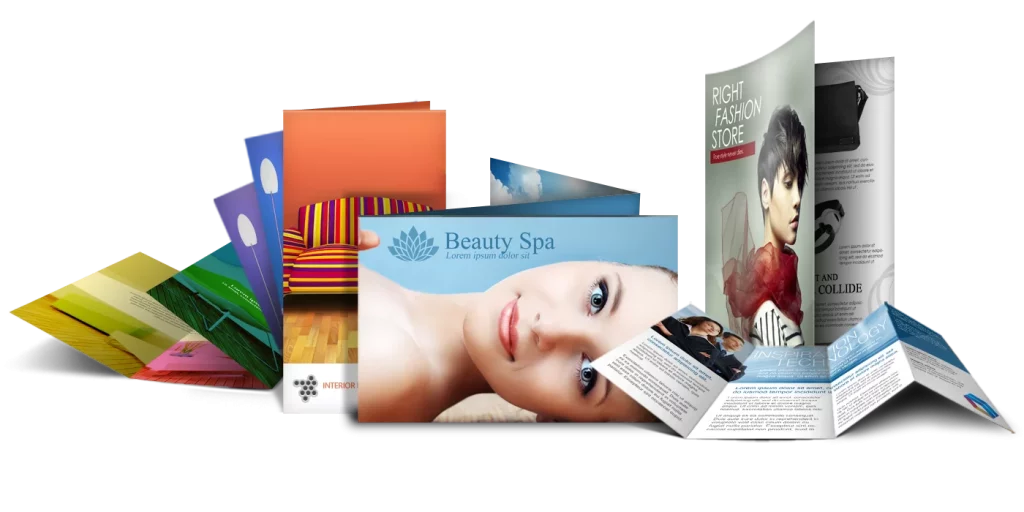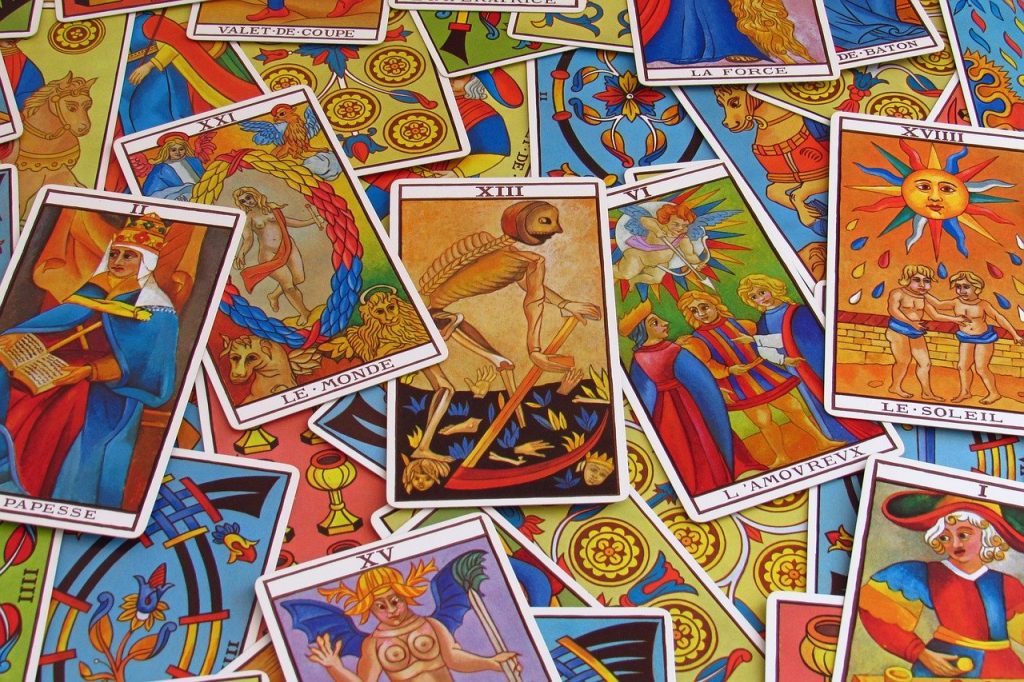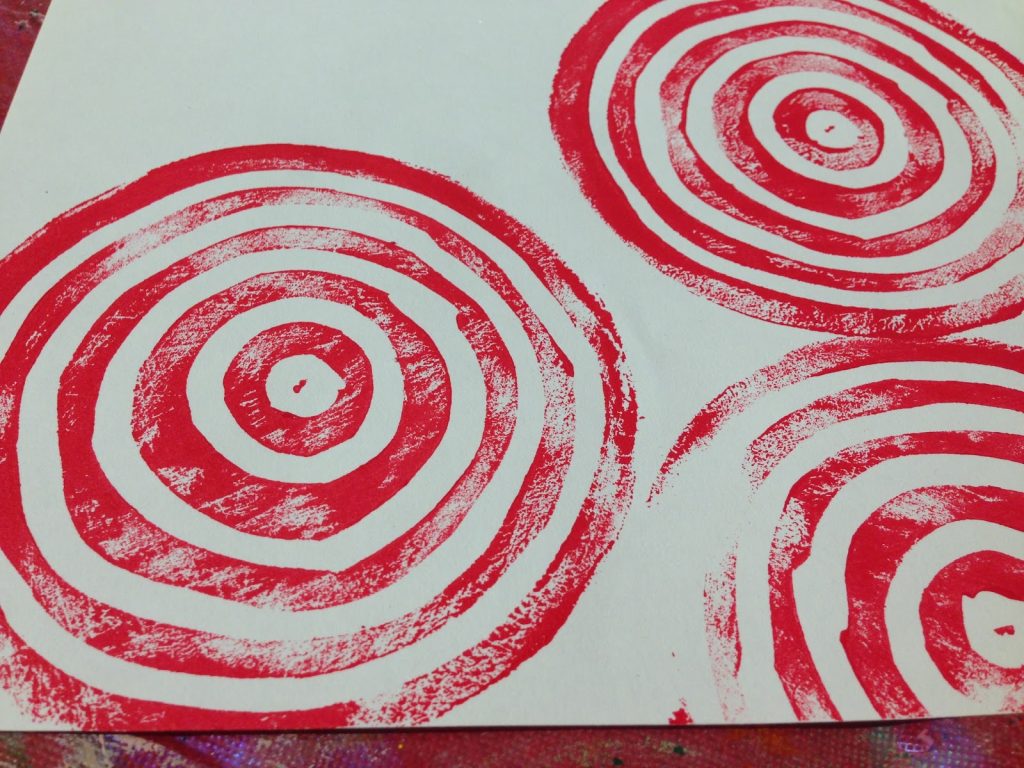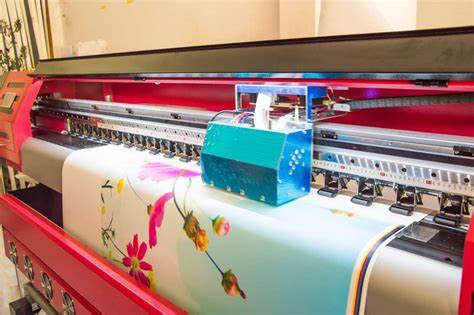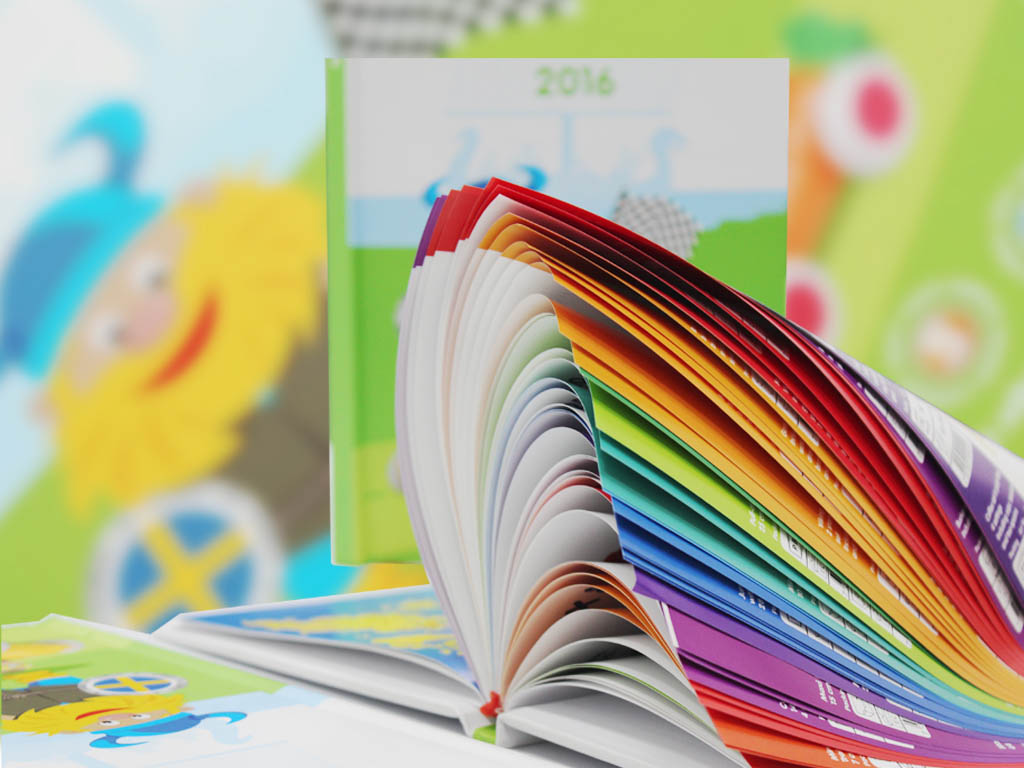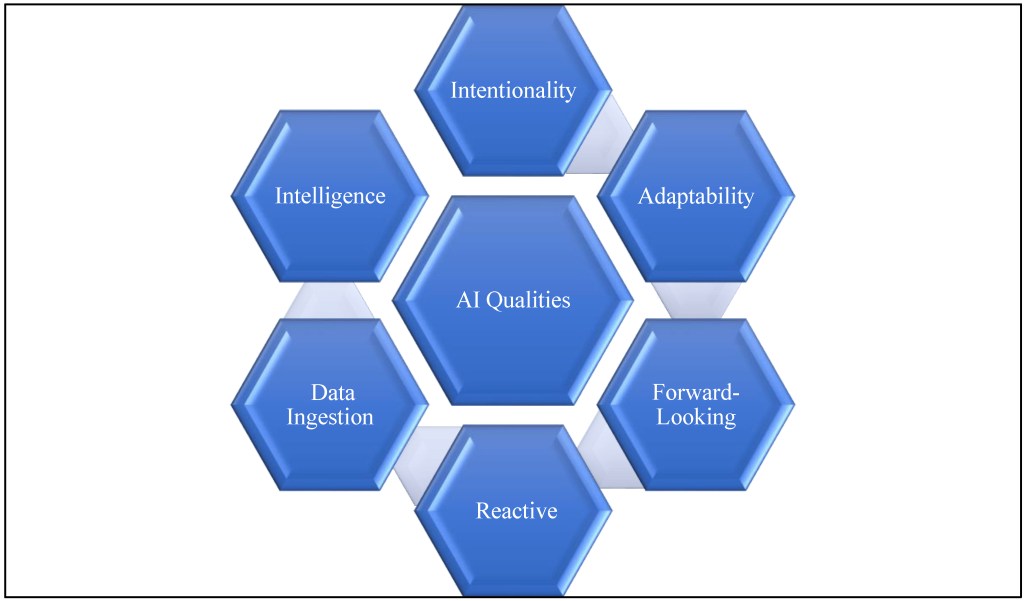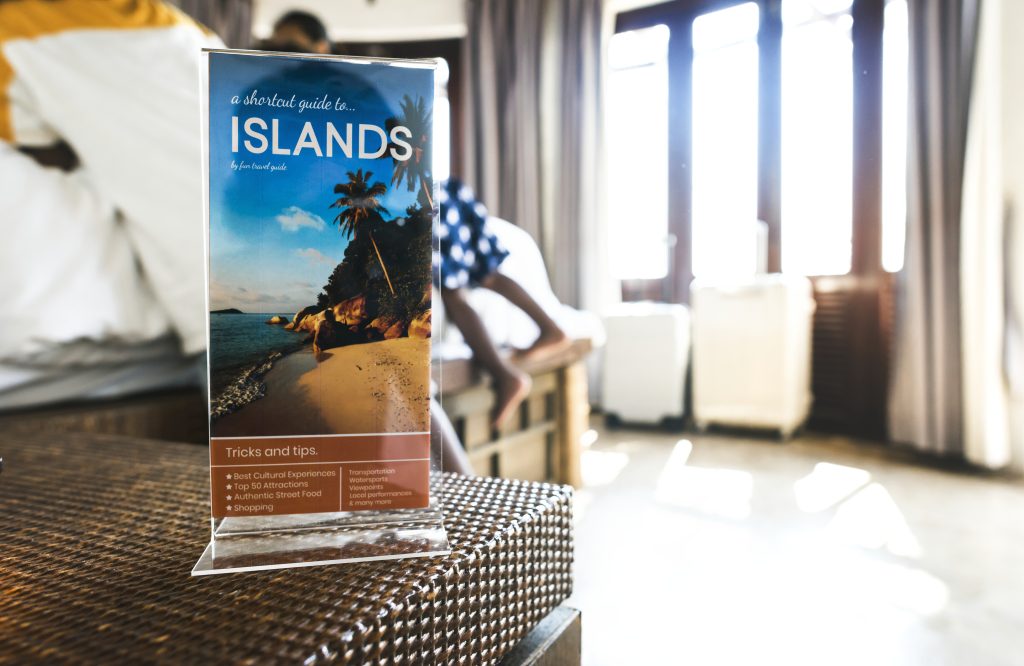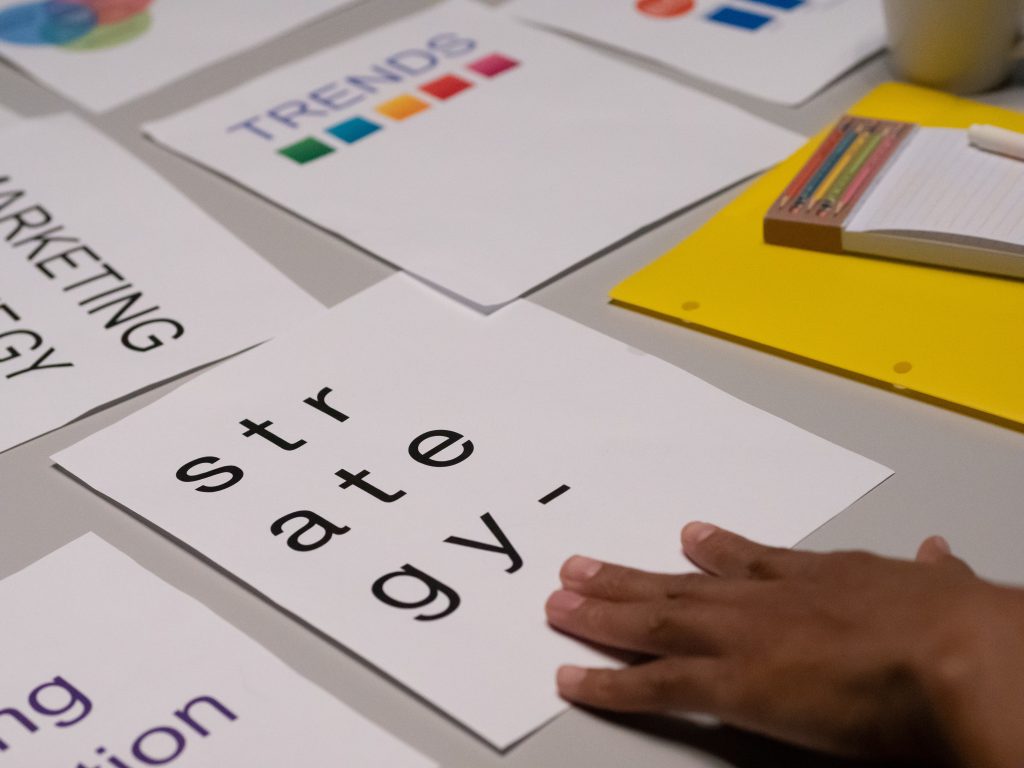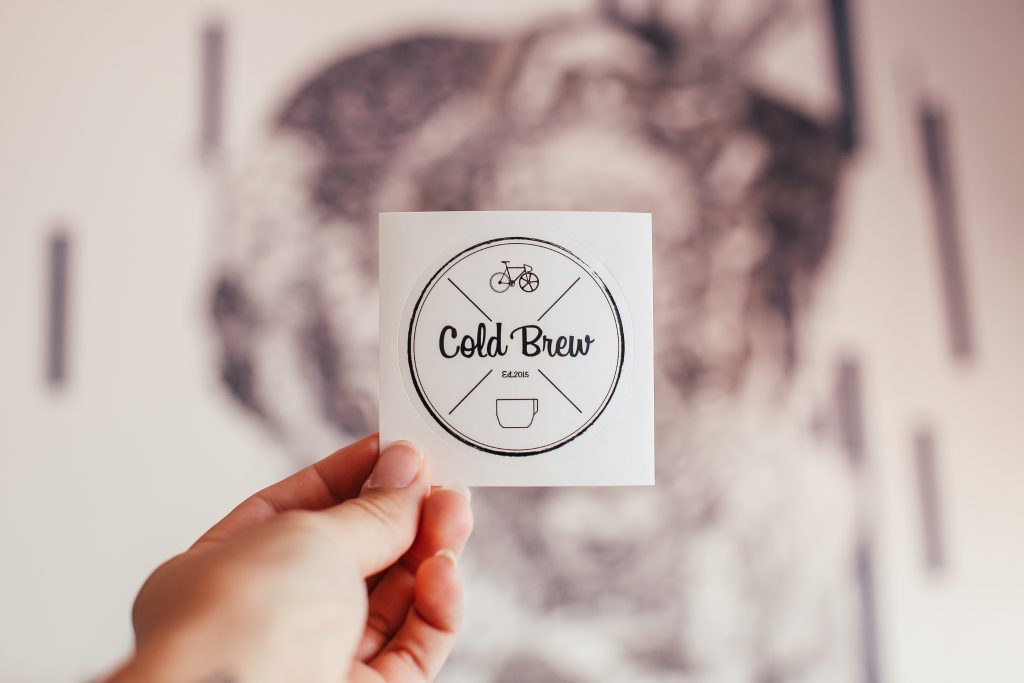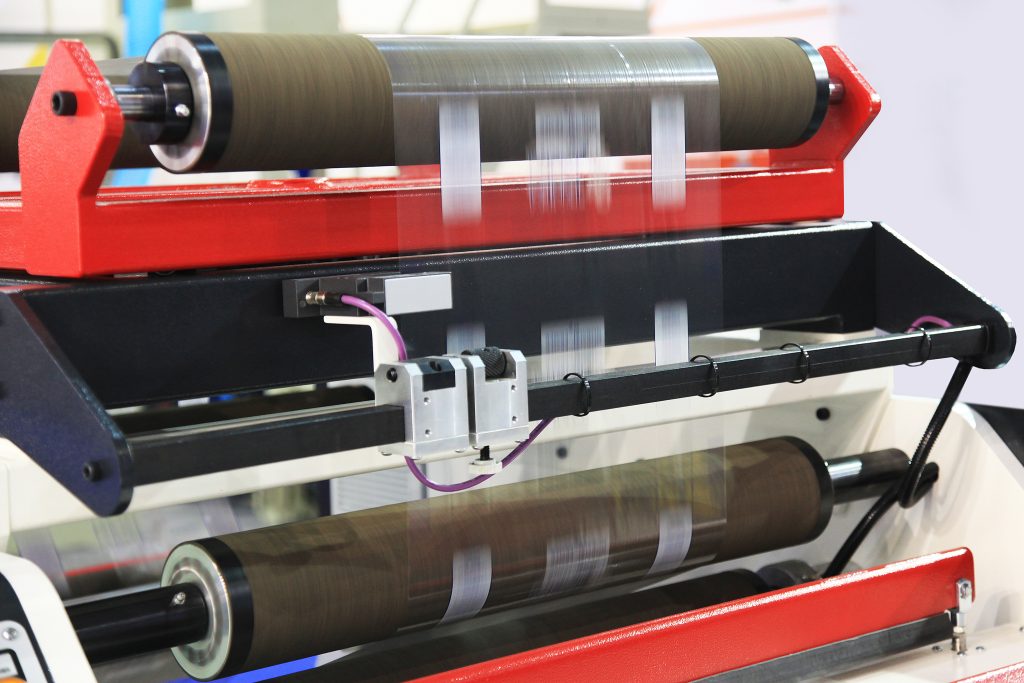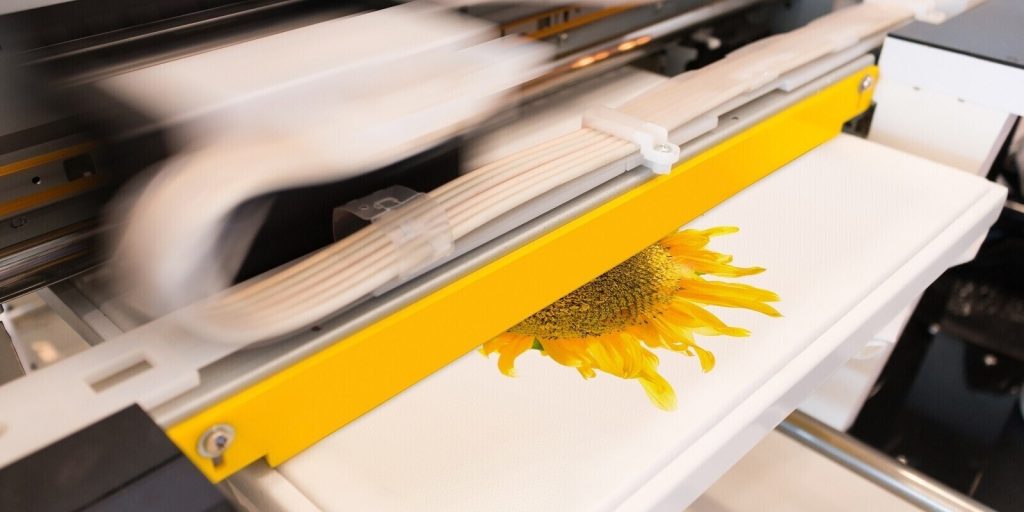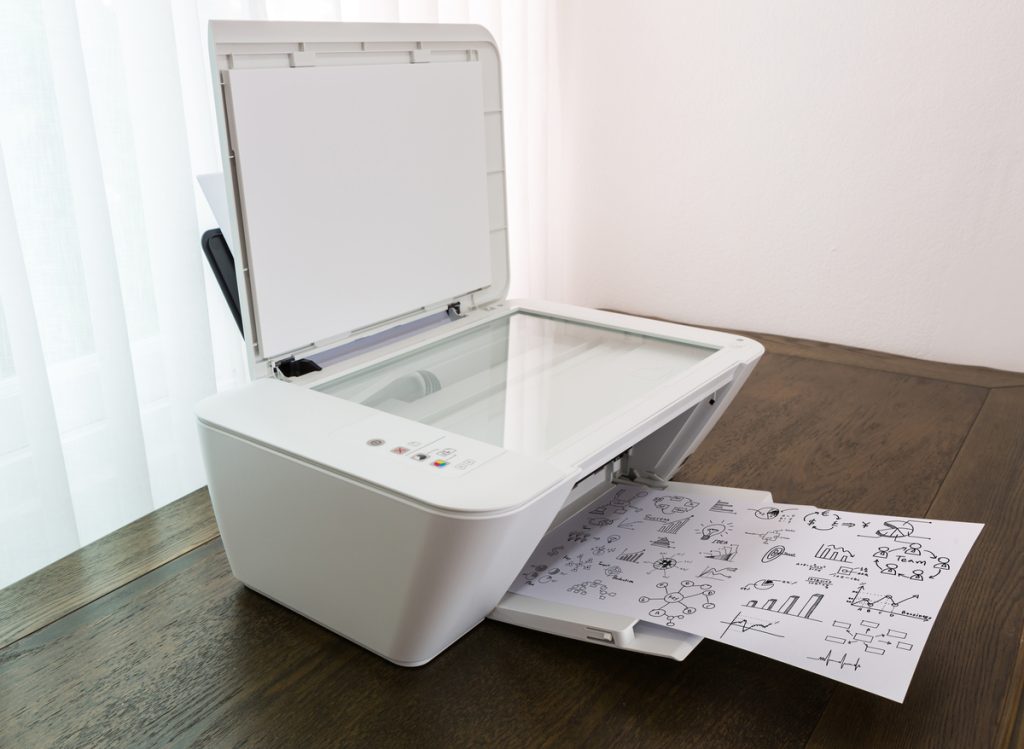Brochures And Flyers: The Art Of Business Promotion
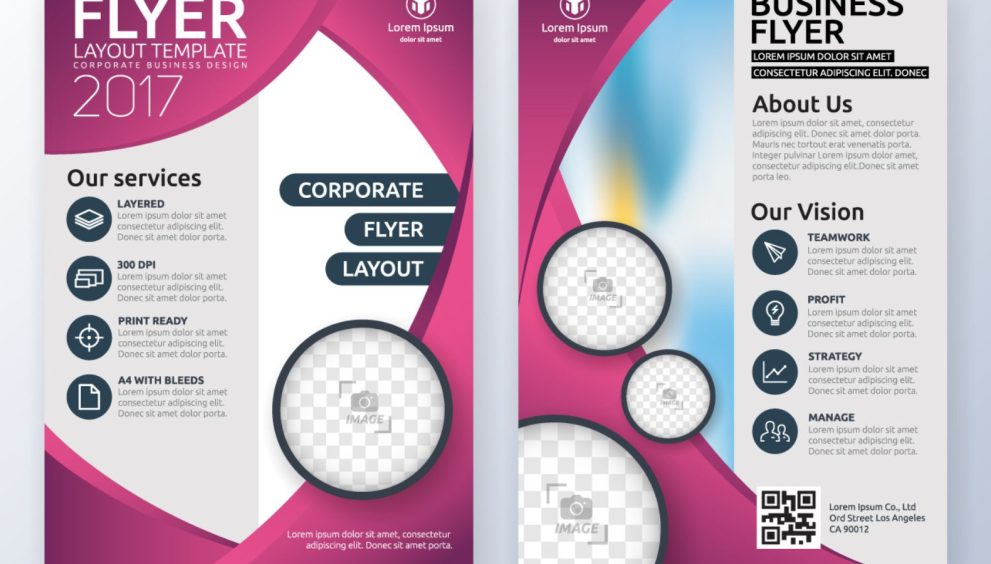
Introduction:
Brochures And Flyers- In the ever-evolving world of business, where digital marketing strategies dominate the landscape, there remains an enduring and tangible tool that continues to captivate and engage audiences – brochures and flyers. These printed materials embody the art of business promotion, combining visual aesthetics, concise messaging, and strategic placement to convey information effectively and leave a lasting impression.
Brochures and flyers serve as powerful marketing assets, offering businesses the opportunity to showcase their products, services, or events in a visually appealing and tangible format. With their ability to be distributed in various locations, such as trade shows, conventions, local businesses, or mailed directly to potential customers, brochures and flyers provide a targeted and versatile approach to reach a wide range of audiences.
The art of crafting a compelling brochure or flyer lies in the delicate balance between captivating design and persuasive content. These printed materials serve as a visual representation of a company’s brand and values, and thus require careful consideration of color schemes, typography, imagery, and overall layout. Furthermore, the content within must be concise, informative, and tailored to the target audience, effectively conveying the key message and value proposition of the business.
They provide a tangible experience that engages the senses and allows potential customers to interact physically with the brand. With the right combination of creativity, strategic placement, and understanding of the target audience, brochures and flyers can become invaluable assets in a company’s marketing arsenal.
What are the key elements of an effective brochure or flyer?
The key elements of an effective brochure or flyer revolve around design, content, and the intended audience. A successful brochure or flyer captures attention, communicates a clear message, and motivates the reader to take the desired action.
Firstly, design plays a crucial role in creating an impactful brochure or flyer. The layout should be visually appealing, with a balanced use of colors, fonts, and images that align with the brand identity. The design should draw the reader’s attention to the most important information, utilizing headings, subheadings, and bullet points to facilitate easy scanning. The use of high-quality images or graphics that support the message and evoke an emotional response can significantly enhance the visual appeal.
Secondly, the content of a brochure or flyer should be concise, compelling, and tailored to the target audience. It should clearly communicate the value proposition, highlighting the key benefits or solutions offered. The messaging should be focused and written in a language that resonates with the target demographic. Including a strong call-to-action that prompts the reader to take the desired action, such as visiting a website, making a purchase, or contacting the business, is essential.

How can I design a visually appealing and attention-grabbing brochure?
Designing a visually appealing and attention-grabbing brochure requires a thoughtful and strategic approach. Here are some key tips to help you create an impressive brochure that captivates your audience. First and foremost, start with a clear objective in mind. Define your target audience and understand their preferences, interests, and needs. This knowledge will guide your design decisions and ensure your brochure resonates with its intended recipients.
Use a grid system to organize your content and maintain consistency throughout the brochure. Balance text and images effectively, using ample white space to enhance readability and draw attention to key elements. Choose fonts that are legible and appropriate for your brand or message. A combination of complementary fonts can add visual interest and hierarchy to the text. Consider using bold or italic styles for emphasis, but avoid overusing them, as it can create a cluttered appearance.
When selecting colors, opt for a cohesive palette that aligns with your brand identity or the message you want to convey. Use color strategically to create contrast, highlight important information, and guide the reader’s eye through the brochure. Arrange content in a logical and intuitive sequence, guiding the reader through a cohesive narrative. Use headlines, subheadings, and bullet points to break up text and make it more scannable.
What content should be included in a business promotional brochure?
A business promotional brochure should include key content that effectively communicates the value proposition, offerings, and benefits of the company. Here are some essential elements to consider when creating a business promotional brochure. Start with a compelling headline that grabs attention and conveys the main message or benefit of your business. This should be followed by a concise and engaging introduction that provides an overview of your company’s mission, history, and unique selling points.
Highlight your products or services in a clear and concise manner. Include captivating descriptions, key features, and benefits to demonstrate why potential customers should choose your offerings. Use high-quality visuals, such as product images or illustrations, to enhance the visual appeal and showcase your products effectively.
Include testimonials or success stories from satisfied customers to build credibility and trust. These testimonials should highlight the positive experiences and outcomes customers have had with your business. Incorporate relevant statistics or data to support your claims and provide evidence of your company’s expertise.
Don’t forget to include your contact information, such as phone number, email address, website URL, and physical address. Make it easy for readers to get in touch with you or visit your location. Consider adding social media handles or links to online platforms where they can engage with your brand.

What are some effective distribution channels for brochures and flyers?
To ensure wide reach and effective distribution of brochures and flyers, it’s essential to leverage various channels. Here are some effective distribution channels to consider for your marketing materials. Start by distributing brochures and flyers directly at your business location or events. Place them at reception desks, checkout counters, or display racks where customers can easily access them. Consider attending trade shows, conferences, or community events where you can distribute your materials to a targeted audience.
Collaborate with complementary businesses or establishments to display your brochures or flyers. Partner with hotels, tourist information centers, restaurants, or local shops that have high foot traffic. Ensure your materials are prominently placed and easily accessible to capture the attention of passersby.
Tap into digital channels by creating electronic versions of your brochure or flyer. Share them via email marketing campaigns to your existing customer base or use them as downloadable content on your website. Leverage social media platforms by posting digital versions of your marketing materials or running targeted ads to reach a wider audience.
Consider utilizing newspaper or magazine inserts to distribute your brochures or flyers. This allows you to reach a large readership and leverage the established distribution network of the publication. Ensure that the publication aligns with your target audience for maximum impact.
How can I tailor my brochures and flyers to target specific audiences?
Tailoring brochures and flyers to target specific audiences requires a thorough understanding of your target market and their preferences. Here are some strategies to effectively customize your marketing materials for different audiences.
First and foremost, conduct market research to gain insights into the demographics, interests, and needs of your target audience. This will help you create content that resonates with them. Consider their age, gender, location, profession, and any other relevant factors that influence their decision-making process.
Craft compelling headlines and messages that speak directly to the specific audience you’re targeting. Use language and tone that align with their preferences and values. Highlight the benefits and solutions your products or services offer that are most relevant to their needs or pain points.
Customize the visuals to appeal to the targeted audience. Use images, colors, and design elements that resonate with their tastes and preferences. For example, if your target audience is young and vibrant, consider using bold and energetic colors and contemporary designs. If targeting a more professional audience, opt for a clean and sophisticated aesthetic.
Adapt the content and layout to address the specific interests and concerns of the audience. Customize the information you provide to focus on the features and benefits that are most relevant and appealing to them. Use examples or case studies that reflect their specific situations or industries.

Are there any legal considerations or restrictions when designing brochures?
When designing brochures, it is crucial to be aware of legal considerations and restrictions to ensure compliance with applicable laws and regulations. Here are some key areas to consider:
Intellectual Property: Ensure that the content, images, and graphics used in your brochure do not infringe on any copyrights, trademarks, or patents. Obtain proper permissions or licenses for any copyrighted material used and avoid using trademarked logos or slogans without authorization.
Truth in Advertising: Avoid making false or misleading claims about your products, services, or business. Adhere to truth in advertising principles, providing accurate and substantiated information. Be cautious of using superlatives or exaggerated statements that may mislead consumers.
Privacy and Data Protection: If you collect personal information through your brochures, such as through forms or surveys, ensure compliance with data protection laws. Clearly communicate how the data will be used, stored, and protected, and obtain necessary consent from individuals when required.
Industry-Specific Regulations: Certain industries have specific regulations that govern advertising and marketing practices. For example, healthcare, financial services, or food industries may have strict guidelines regarding claims, disclosures, or endorsements. Familiarize yourself with the regulations relevant to your industry and ensure compliance.
Accessibility: Consider accessibility standards when designing brochures for individuals with disabilities. Provide alternative formats or accommodations for visually impaired individuals, such as using appropriate font sizes, contrast, and providing text descriptions for images.
Comparative Advertising: If you plan to compare your products or services to competitors, ensure that the comparisons are fair, truthful, and substantiated. Avoid making false claims or denigrating competitors in a way that could be considered misleading or damaging.
Local Laws and Cultural Sensitivities: Take into account local laws and cultural sensitivities when designing brochures for international or diverse audiences. Be mindful of language, images, and symbols that could be offensive or inappropriate in certain regions.
What are some common mistakes to avoid when creating brochures and flyers?
When creating brochures and flyers, it’s essential to be aware of common mistakes to ensure your marketing materials are effective. One common mistake is overcrowding the design with excessive text, images, or graphics. A cluttered layout can overwhelm the reader and make it challenging to grasp the main message. It’s crucial to maintain a clean and organized design that allows the key information to stand out.
Another mistake to avoid is a lack of focus. Clearly define the purpose and main message of your brochure or flyer, and avoid trying to convey too much information at once. A clear and focused message ensures that your audience understands the main points and avoids confusion. Poor quality images can also detract from the overall impact of your brochure or flyer. It’s important to invest in high-resolution and relevant images that are properly sized and optimized for print or digital use.
Inconsistency with branding is another mistake to steer clear of. Make sure to maintain consistent fonts, colors, and styles that align with your brand identity. Inconsistency can lead to a lack of recognition and trust with your audience. Lastly, don’t forget to include a strong call to action. Failing to provide a clear and compelling call to action can result in missed opportunities for engagement or conversion. Whether it’s directing readers to visit your website, make a purchase, or contact your business, a call to action prompts the desired response from your audience.

How can I measure the success of my brochure or flyer campaign?
Measuring the success of your brochure or flyer campaign is crucial to evaluate its effectiveness and make informed decisions for future marketing efforts. Here are some key metrics and strategies to consider for measuring campaign success. Firstly, track the distribution and response rate of your brochures or flyers. Monitor the number of materials distributed and assess how many recipients take action, such as visiting your website, making inquiries, or purchasing your products/services.
Secondly, consider using unique tracking codes or URLs on your marketing materials to attribute specific actions or conversions directly to your brochure or flyer campaign. This allows you to measure the direct impact of your materials. Thirdly, leverage technology and digital analytics to gain insights. Use tools like Google Analytics to track website traffic, conversions, and engagement from referral sources, including your brochure or flyer campaign. Additionally, conduct customer surveys or feedback collection to understand the impact and effectiveness of your materials. Ask recipients about their awareness, perception, and actions taken after receiving your brochures or flyers.
Continuously monitor and iterate on your marketing efforts based on the insights gained from measuring campaign success. By utilizing these strategies, you can gain valuable insights into the effectiveness of your brochure or flyer campaign and make data-driven decisions to optimize future marketing endeavors.
Conclusion:
The art of creating impactful brochures and flyers lies in the perfect blend of captivating design, persuasive content, and strategic distribution. By harnessing their visual appeal, targeted messaging, and physical presence, businesses can engage audiences in a way that sets them apart from the digital noise. Throughout this guide, we have explored the essential elements that contribute to the success of brochures and flyers as business promotion assets. From understanding design principles and content strategies to selecting the right distribution channels and reaching specific target audiences, each aspect plays a crucial role in maximizing the effectiveness of these printed materials.
Brochures and flyers offer a unique opportunity to showcase a company’s brand, products, or services in a visually compelling and tangible format. They serve as a bridge between the digital and physical worlds, allowing potential customers to engage with a brand on a more personal level. In a world where online advertisements saturate the digital landscape, brochures and flyers provide a refreshing alternative that captures attention, creates a memorable impression, and fosters a sense of connection between businesses and their target audience.


